Art World
We Published Nearly 2,800 Stories in 2020. Here Are 22 of Our Favorites of the Year
We take a look back at some of the most serious, most joyful, and most compelling stories of 2020 with a selection of staff favorites.
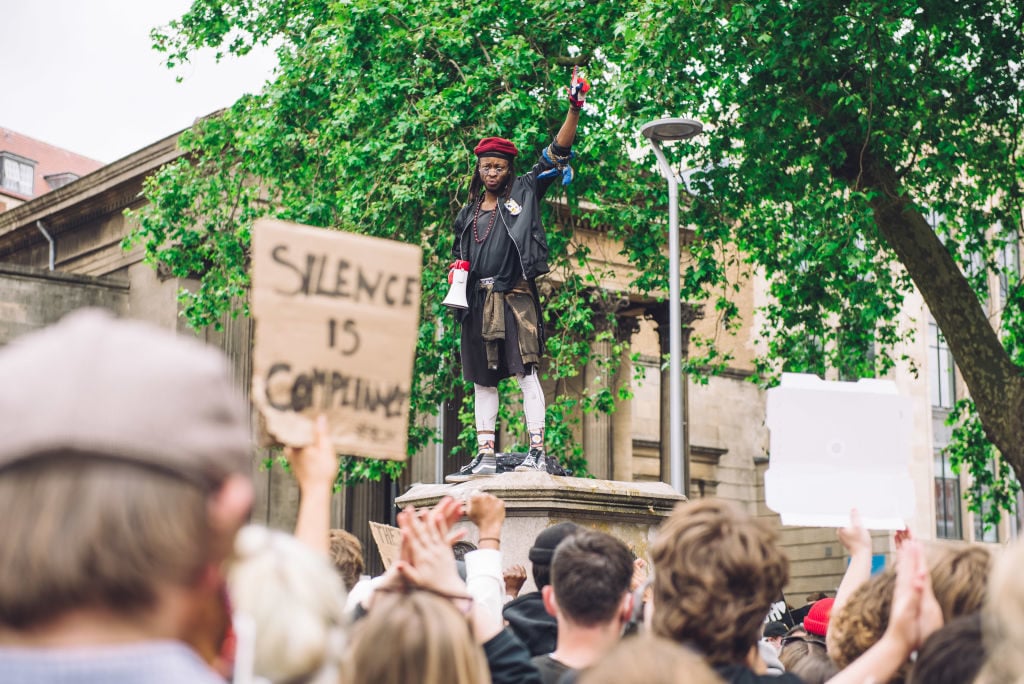
We take a look back at some of the most serious, most joyful, and most compelling stories of 2020 with a selection of staff favorites.

Artnet News

There’s no way around it: it’s been a bruising year.
The coronavirus pandemic taught us (as if we needed another lesson) that no one is an island. The police killings of George Floyd, Breonna Taylor, and too many others reminded us that struggles for political justice are only just beginning. And the election of President Joe Biden suggested a potential return to order—but really, how can things ever be as they were?
Amid these developments and others, the art world rumbled on. Even as museum employees around the world lost their jobs, those who remained demonstrated for increased wages, benefits, and workplace rights.
Elsewhere, artists like Amoako Boafo shot to fame—while faded stars like Anne Geddes fought to stay in the limelight.
Remarkably, new museum plans moved ahead (the Humboldt Forum in Berlin being the most controversial among them), while certain small joys (who remembers the pig couch?) provided levity in turbulent times.
We covered it all. Below, we present the stories we’re proudest of from this most difficult year.
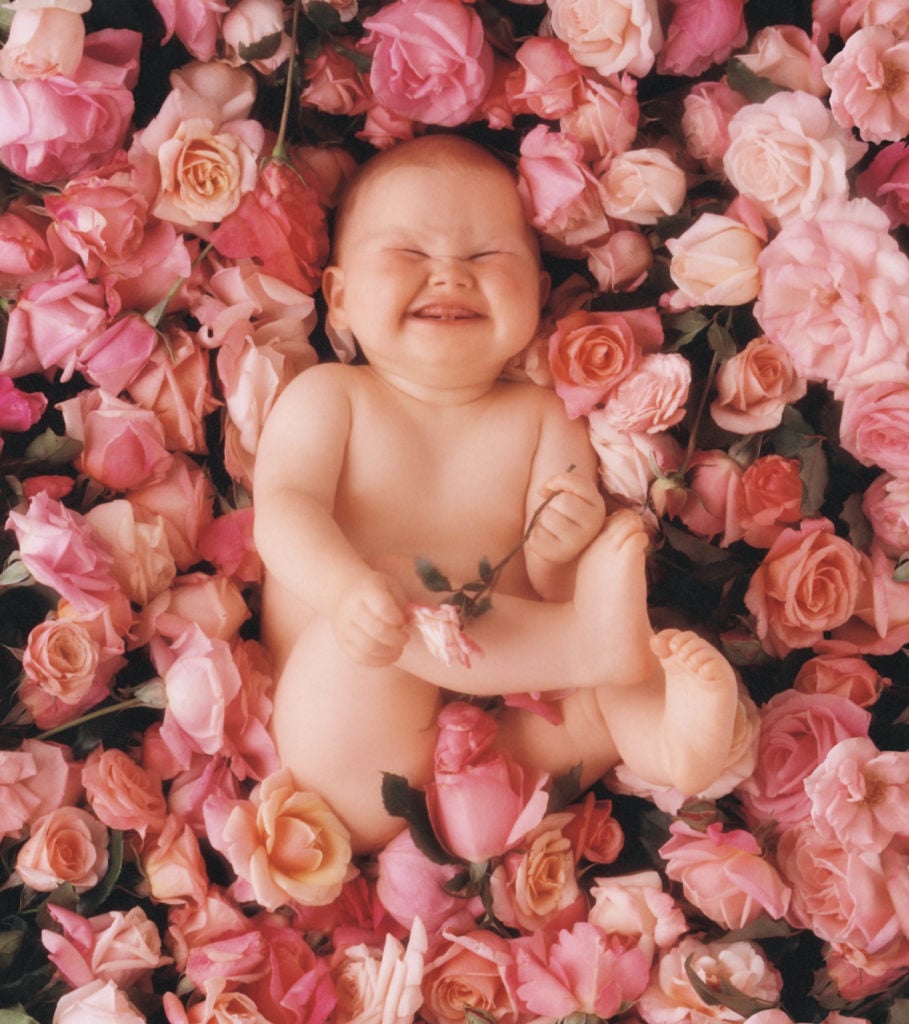
Photo courtesy Anne Geddes.
“Like many famous artists, Anne Geddes both is and isn’t what you think she is, but I never could have imagined that an interview with the self-described queen of ‘joy spreading’ would result in anything less than a walk down the yellow brick road of her memory lane, relegated mostly to talk of babies superimposed onto the heads of sunflowers. As is often the case, I was in for a rude awakening.”

Peter Durku, metal designer, works on the cross on the lantern for the dome of the Berlin City Palace that will anoint the rebuilt Berlin City Palace. Photo: Maja Hitij/Getty Images.
“With the toppling of monuments to colonialism and white supremacy proliferating around the world in recent days, the gilded Christian symbol atop Berlin’s Humboldt Forum feels more than a bit out of touch with the current moment. Even Berlin culture senator Klaus Lederer said the cross was ‘a clearly religious sign’ that runs counter to the museum’s mandate.”
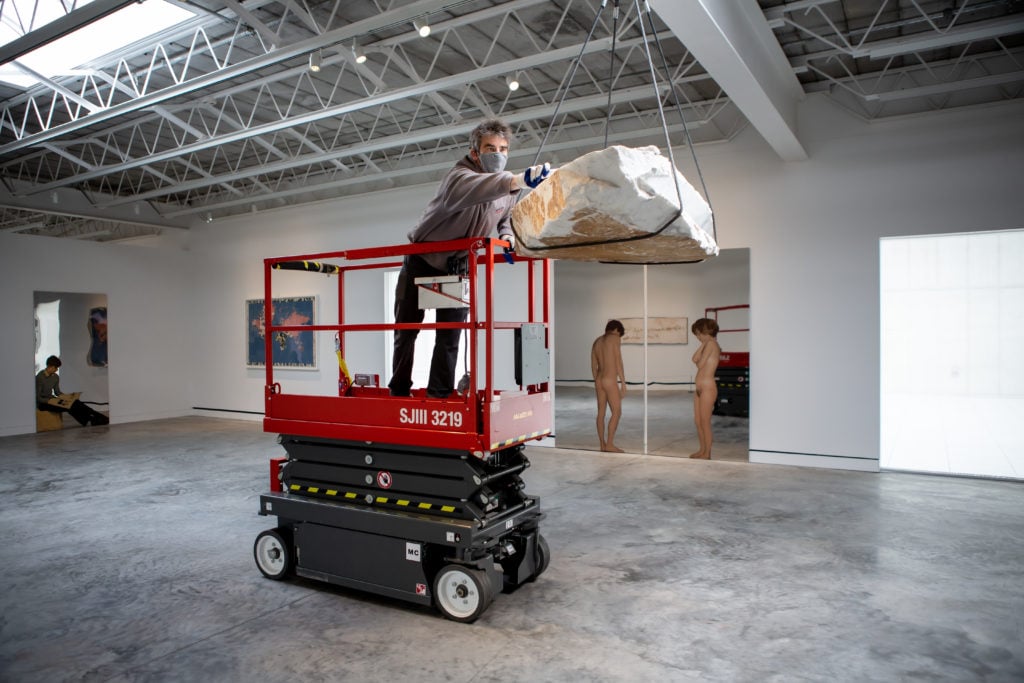
Thomas Huber, head preparator and facilities Manager at Magazzino Italian Art. Photo by Leslie Kenney, LK Photography, courtesy Magazzino Italian Art, Cold Spring, New York.
“A normal day for Thomas Huber, the head preparator and facilities manager at the Magazzino Italian Art in Cold Spring, New York, begins with prepping artworks: setting out the flags that make up Giulio Paolini’s II cielo e ditorni (1988) in the museum’s garden, and checking on the refrigeration system that sustains Pier Paolo’s ice sculpture, Senza titolo (Omaggio a Fontana).”

MAN Mei To, Who is Murderer IV (2020). Courtesy of the artist.
“In the images, a foot extends out of the water and glides overhead, as if a lone synchronized swimmer were doing a backflip. According to Hong Kong’s Gallery Exit, the series is inspired by Alfred Hitchcock’s film Frenzy. But for those who have witnessed the upheavals in Hong Kong over the past 15 months, the photographs by the young artist Man Mei To suggest something very different.”

Jeffrey Epstein and Ghislaine Maxwell together at Cipriani Wall Street, March 15, 2005. ©Patrick McMullan. Photo: Joe Schildhorn/PMc, courtesy Getty Images.
“The summer of 1995 was poised to be a dream come true for one group of recent graduates from the New York Academy of Art. They were the select few who’d been chosen from their class to go on an all-expenses-paid trip to New Mexico to study under the prestigious painter Eric Fischl, to attend the debut of the newly launched Site Santa Fe biennial, and to meet with a wealthy benefactor who wanted to buy emerging artists’ work. There was just one problem: The patron was Jeffrey Epstein.”
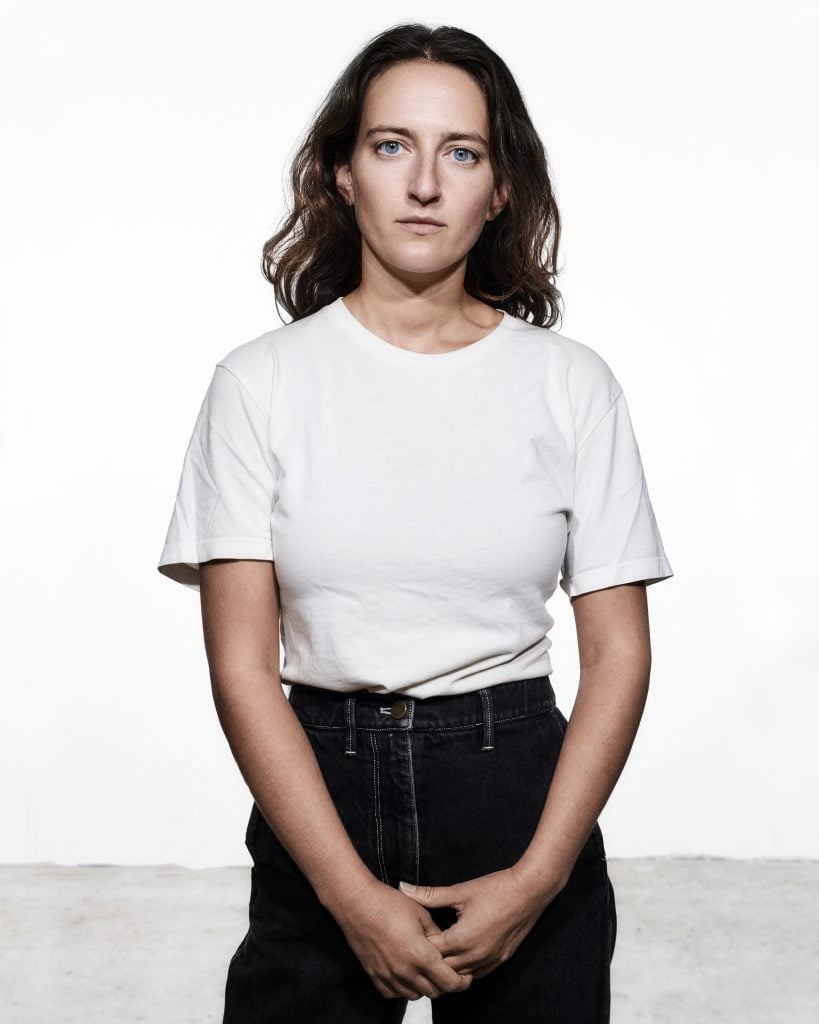
Olivia Erlanger, 2020. Courtesy of the artist. Photo: Bobby Doherty.
“Three years ago, artist Olivia Erlanger rescued actress Aubrey Plaza from a marijuana farm run by nuns in the dusty heart of California.”
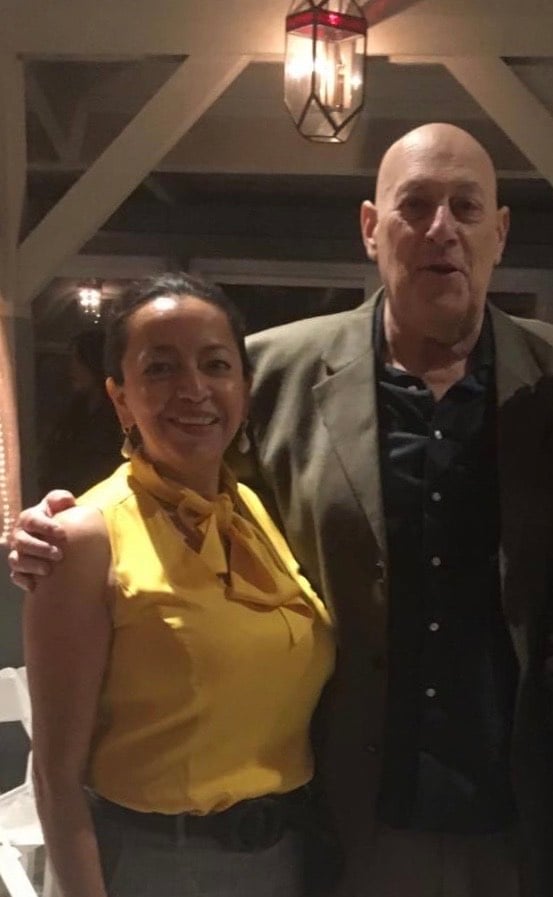
Maria Antoineta and Raul Giansante. Image courtesy the Giansante family.
“In 1969, at the age of 21, Raúl Giansante fled his native Argentina, which was then wracked with violence in the fallout from a rightwing coup d’etat. He already identified as an artist, and the climate was increasingly fraught. So he headed to Mexico City, where he lived in a collective house for intellectuals. An attached woodworking shop let him hone his skills with carving.”
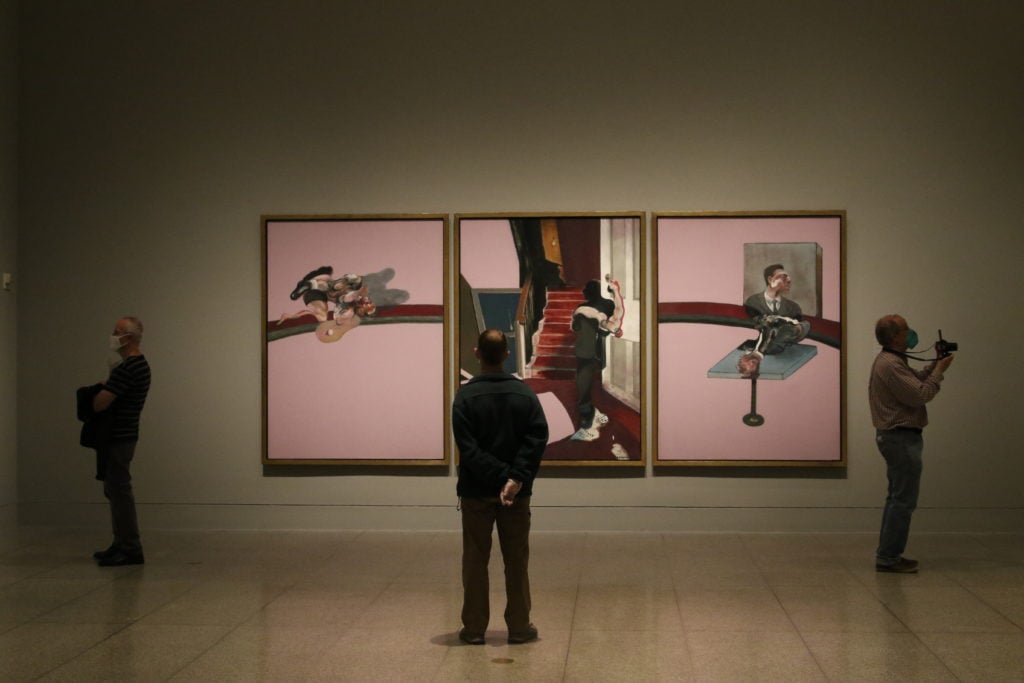
Visitors to the “Francis Bacon: Late Paintings” galleries at the Museum of Fine Arts, Houston on Saturday, May 23, the first day it reopened to the public. Image courtesy of the MFA Houston.
“Each museum has to find its own tailored solution within common frameworks, and in its own time. What all of them share is the need to work through a bewilderingly complex array of operational and policy considerations, and quickly.”
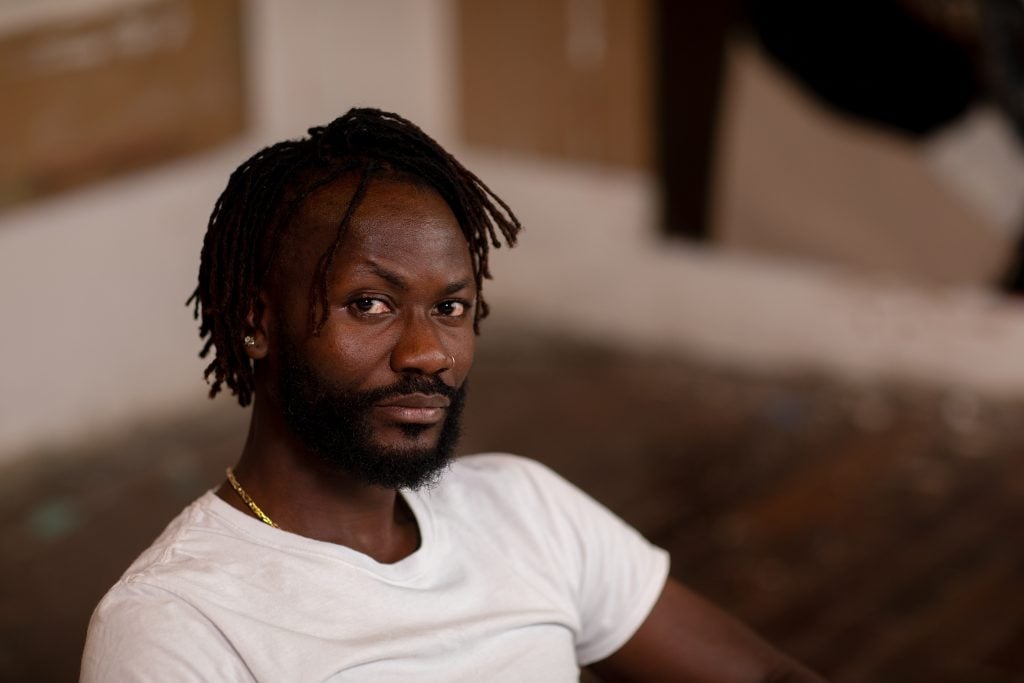
Amoako Boafo. Photo: Francis Kokoroko. Courtesy of the artist and Roberts Projects, Los Angeles, California.
“One of the hottest invitations at Art Basel Miami Beach in 2019 was to a star-studded dinner at the chic Faena Hotel honoring artist Amoako Boafo. A few years earlier, Boafo was in Accra, Ghana, struggling to sell works for $100 apiece to support his mother and grandmother. Now, he was the headliner of the art world’s buzziest week of the year, with a suite of gigantic paintings at the Rubell Museum and a sold-out booth at the fair.”
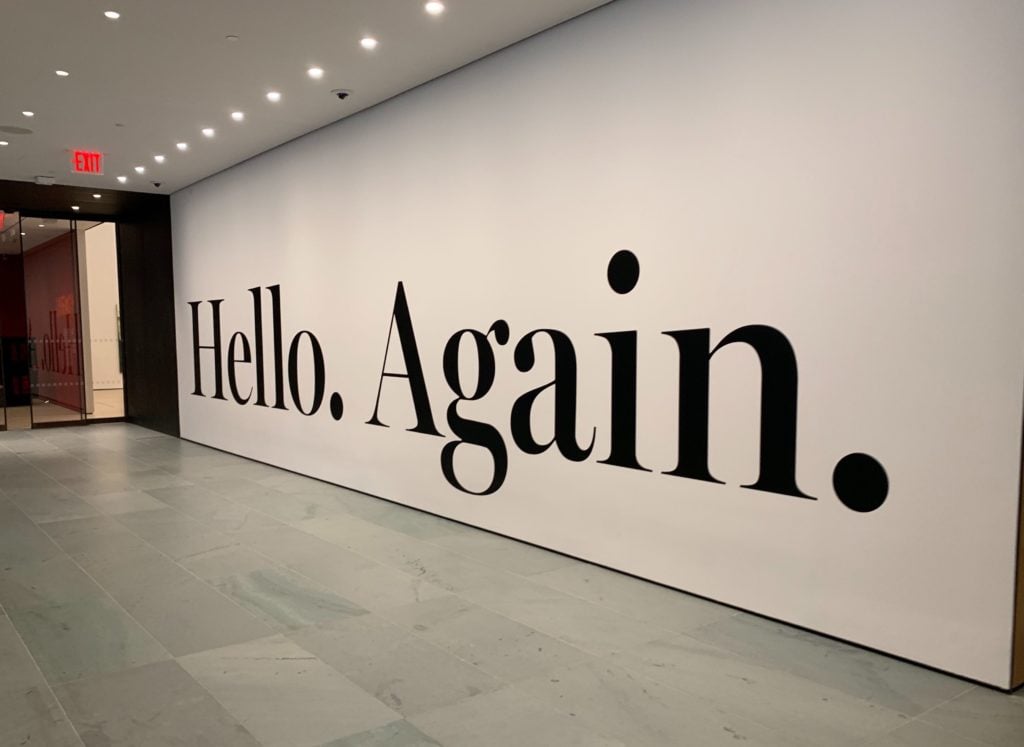
Haim Steinbach’s hello again (2013) in the lobby of the Museum of Modern Art in New York. Image courtesy of the artist and Tanya Bonakdar Gallery New York / Los Angeles.
“To get a sense of the scope of the challenges facing individual institutions, we caught up with three museum directors in three different cities—Mary Ceruti of the Walker Art Center in Minneapolis; Franklin Sirmans of the Pérez Art Museum Miami; and Adam Levine of the Toledo Art Museum—who are in the midst of figuring out how to welcome back their publics.”
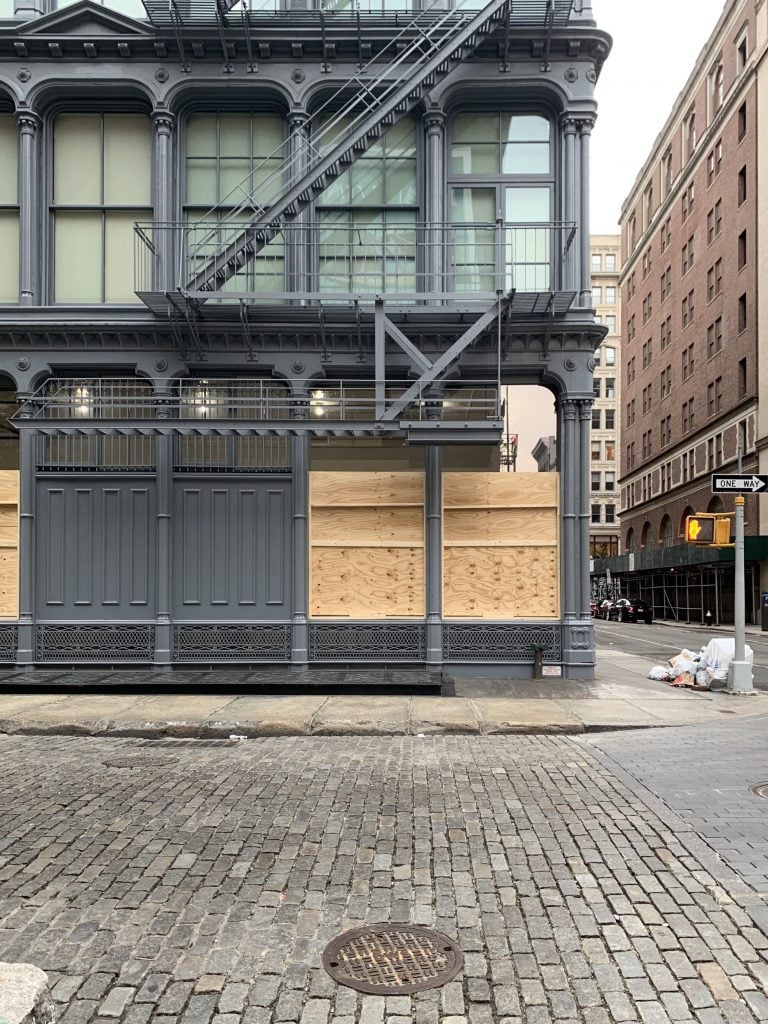
The Judd Foundation, boarded up in New York City. Photo: Lucie Rebeyrol.
“While many New York theaters responded to calls to #openyourlobbies by doing just that, offering essential support for demonstrators during Black Lives Matter protests, few museums followed suit. Why did most of New York’s largest museums botch this chance to connect to a younger audience—one that has grown distrustful of their boards, labor practices, executive salaries, and even the art on their walls?”
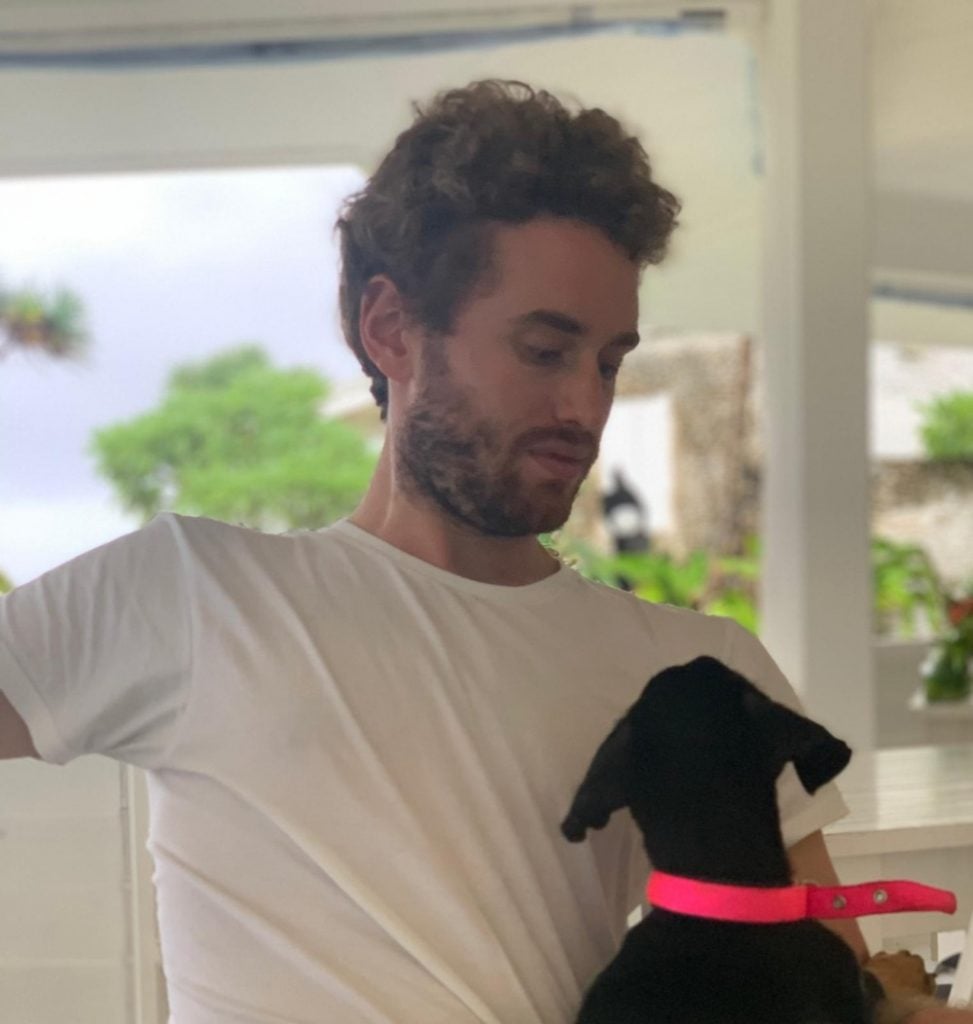
Inigo Philbrick on the island of Vanuatu with one of the dogs he rescued.
“On an island as small as this one, any new arrival was bound to set the gossip mill churning—never mind someone as seemingly well-connected as Inigo Philbrick. At least one source told Artnet News that he stood out in a place where most expats tend to be ‘hippies.’ He used his cell phone constantly, took tennis lessons several times a week, frequented a nearby coffee shop, and become involved in animal rescue efforts. He even adopted a dog of his own.”
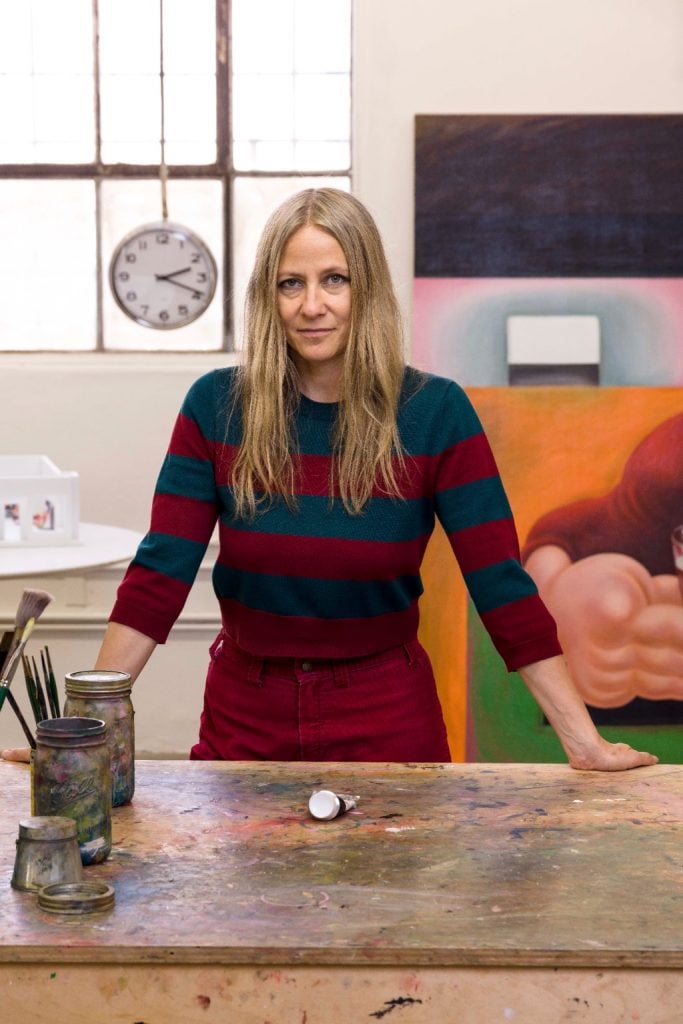
Louise Bonnet. Photo: Jeff McLane. Courtesy Gagosian.
“‘I’ve been thinking a lot about the [1985 drama] movie Vagabond by Agnès Varda,’ Bonnet says. ‘It’s great because you are shown these scenes that she never explains. There’s no judgment at all. No one needs to explain themselves or to justify anything. My paintings are funny, so you are supposed to have an opinion. I mean, you can have an opinion about the movie too. But I think it’s important that I’m never mean to [my subjects]. I don’t make fun of them. I think it’s dignified.'”
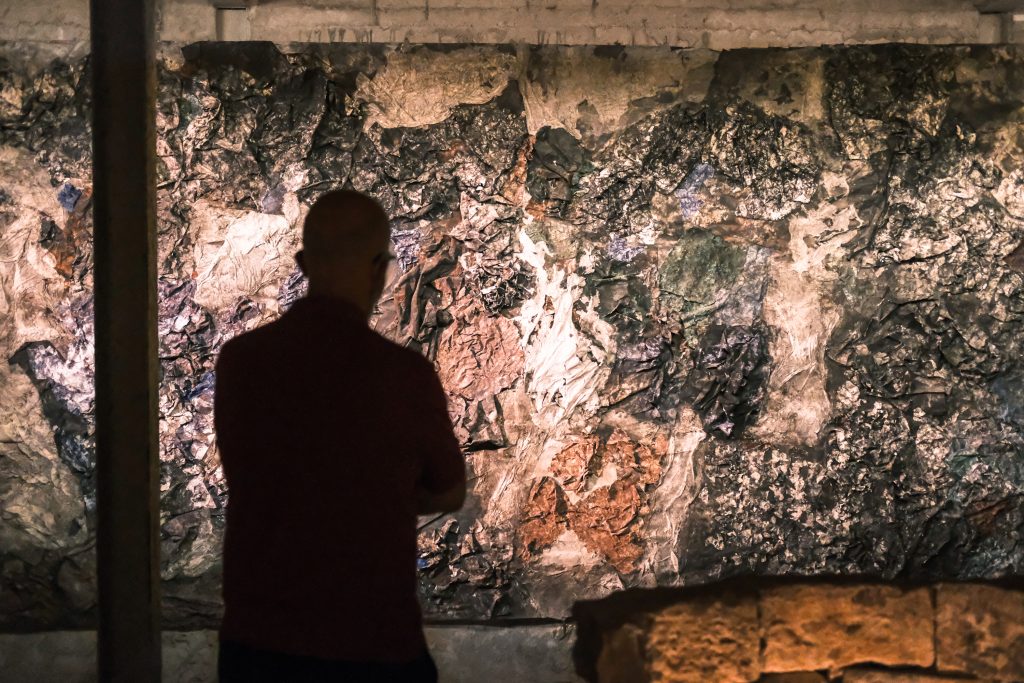
The opening of “Beirut Year Zero.” Photo: Karim Sakr.
“Lebanon has spent the past year moving from one crisis to the next. October 17 marked one year since the country’s popular uprising, which forced Prime Minister Saad Hariri to resign. After a year of protests, the streets are quiet—but daily life, especially after the August 4 explosion, remains a struggle.”
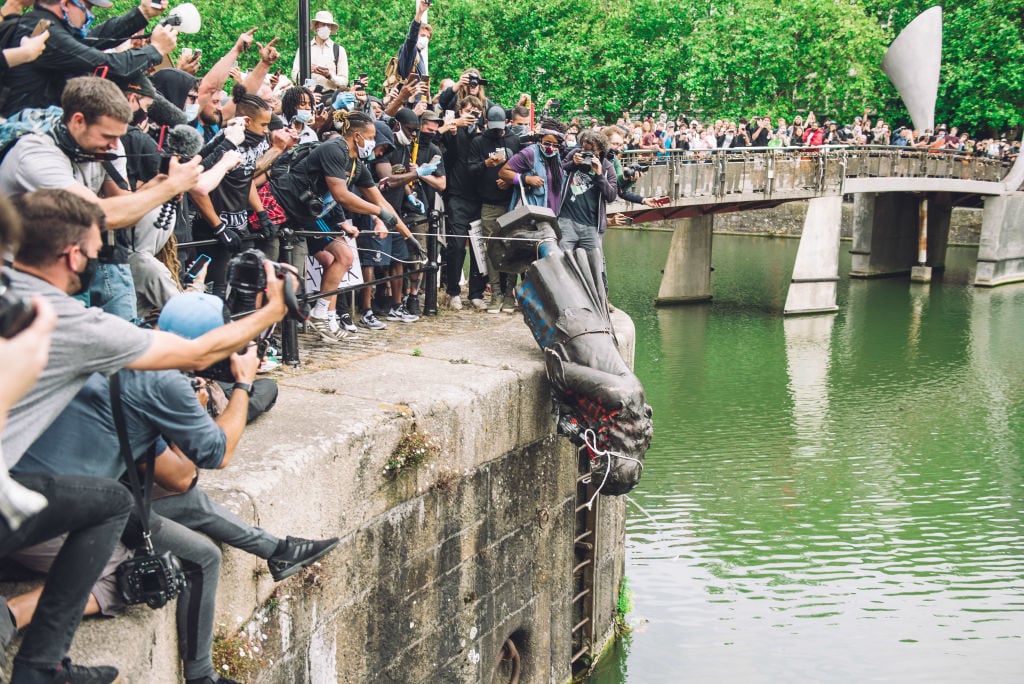
The statue of Colston is pushed into the river Avon. Photo by Giulia Spadafora/NurPhoto via Getty Images.
“’It’s more dangerous to erase history,” the artist Yinka Shonibare tells Artnet News, adding that he feels the most appropriate setting for the felled Edward Colston monument is in a museum. ‘If the community wants [monuments] to be removed, then they should be removed, but they should remain in public view, by creating museums for them, as a reminder so that we don’t make the same mistakes in the future.'”
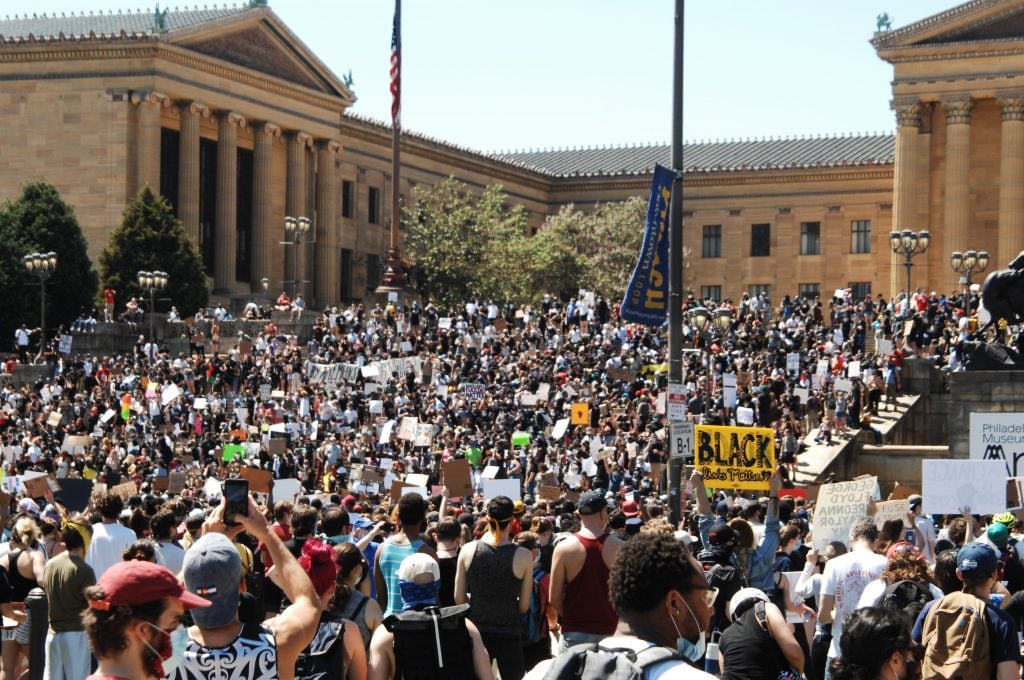
Black Lives Matter, Philly Real Justice, and thousands of Philadelphians rallied on the steps of the Philadelphia Art Museum. Photo by Cory Clark/NurPhoto via Getty Images.
“By way of a flurry of damning open letters and petitions addressed to the San Francisco Museum of Modern Art, the Akron Art Museum, the Virginia Museum of Fine Arts, the Guggenheim in New York City, and others, hundreds of staffers called out what has been described as a decades-long culture of racism within the American art world.”
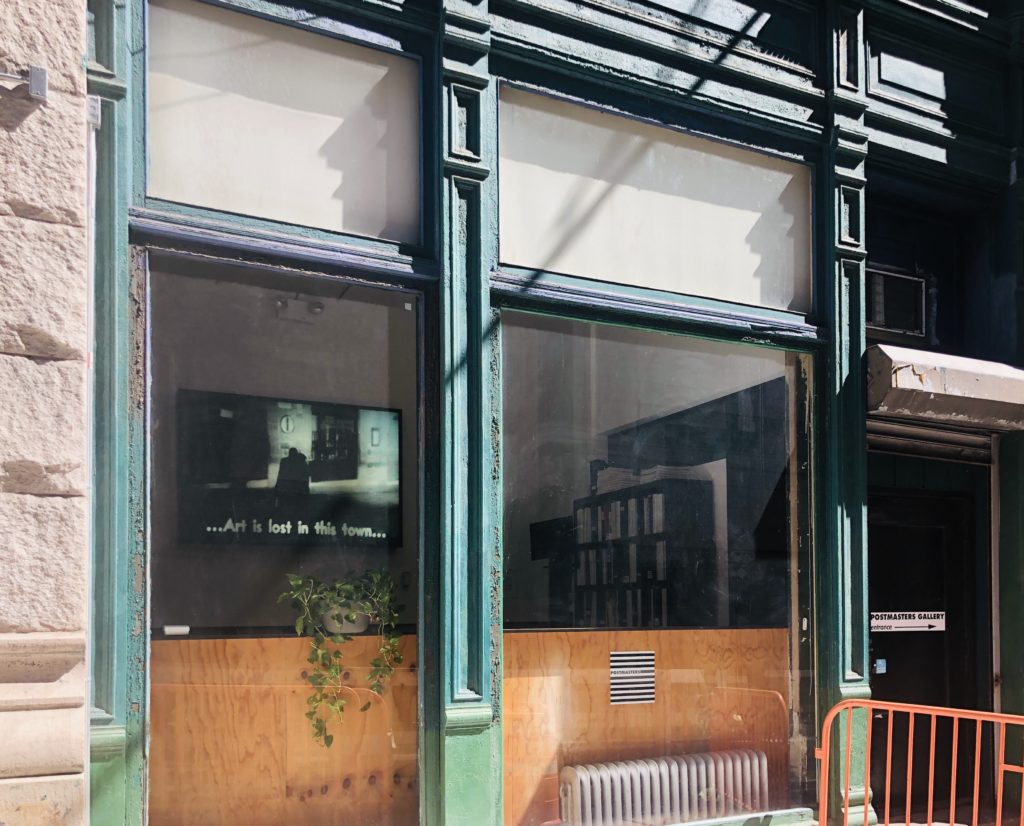
Postmasters Gallery in Tribeca. Photo courtesy of Magda Sawon.
“There will be a revolution. Art fairs will be dead for a long, long time, maybe forever. Gallery culture will be redefined. Survival will be based on innovation, adaptation, flexibility… and smallness.”
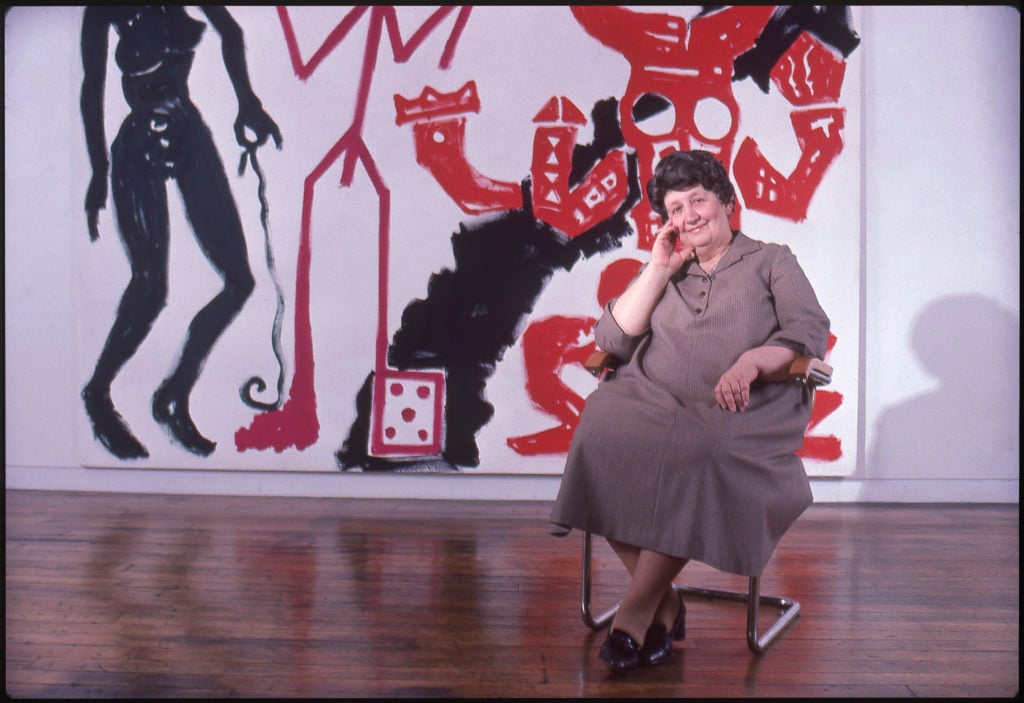
The Romanian-born art dealer Ileana Sonnabend (1914-2007) in her gallery in front of a large-scale painting by AR Penck. (Photo by Michel Delsol/Getty Images)
“Overall, Pace, Gagosian, and Acquavella’s arrangement with the Marron estate looks less like an art-market sea change and more like a natural progression from past landmarks.”
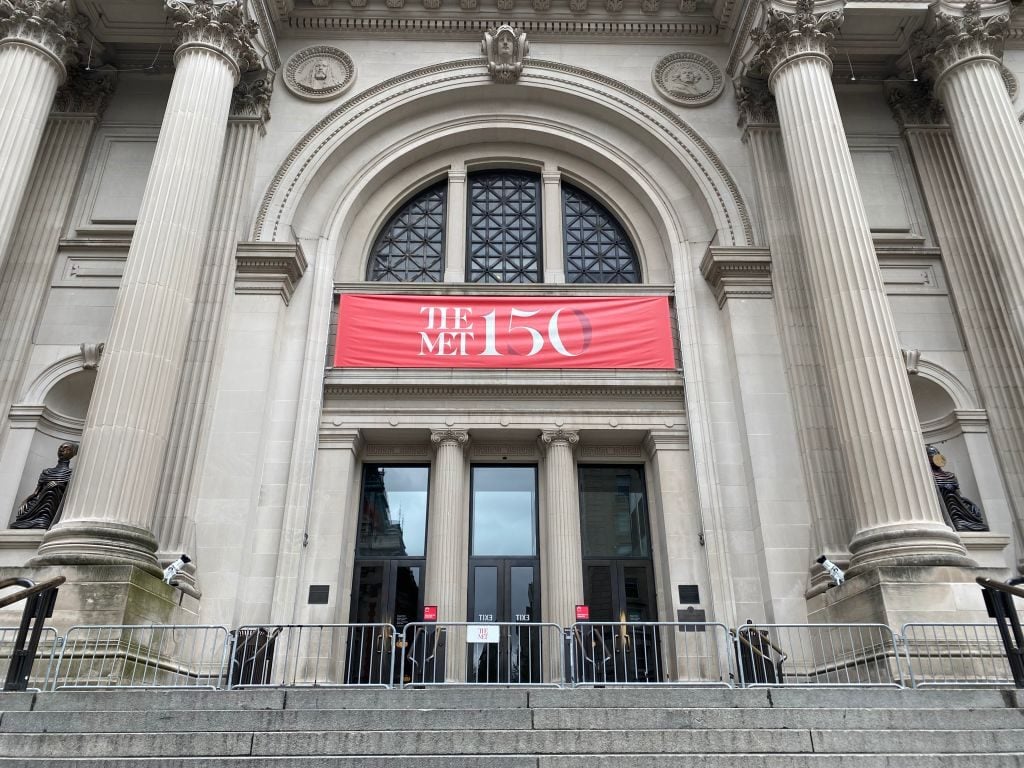
A view of the Metropolitan Museum of Art in April. Photo by Rob Kim/Getty Images.
“’Right now, there is a tremendous loss of faith among people who gave everything to museums,’ said Tom Eccles, director of the Center for Curatorial Studies at Bard College. ‘The furloughs and the layoffs had a terrible psychic effect on people in our industry.’”
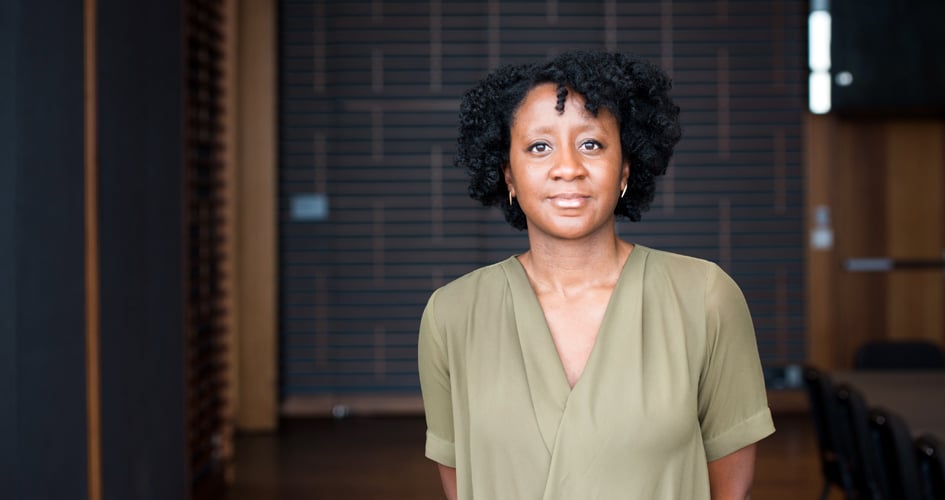
Yesomi Umolu. Photo: Jean Lachat. Courtesy of the University of Chicago.
“Today’s imperative to attend to the most vulnerable and disenfranchised in society while dismantling white supremacy has unsurprisingly exposed the limited knowledge on these subjects among the public, private enterprises, and civic institutions—including museums.”
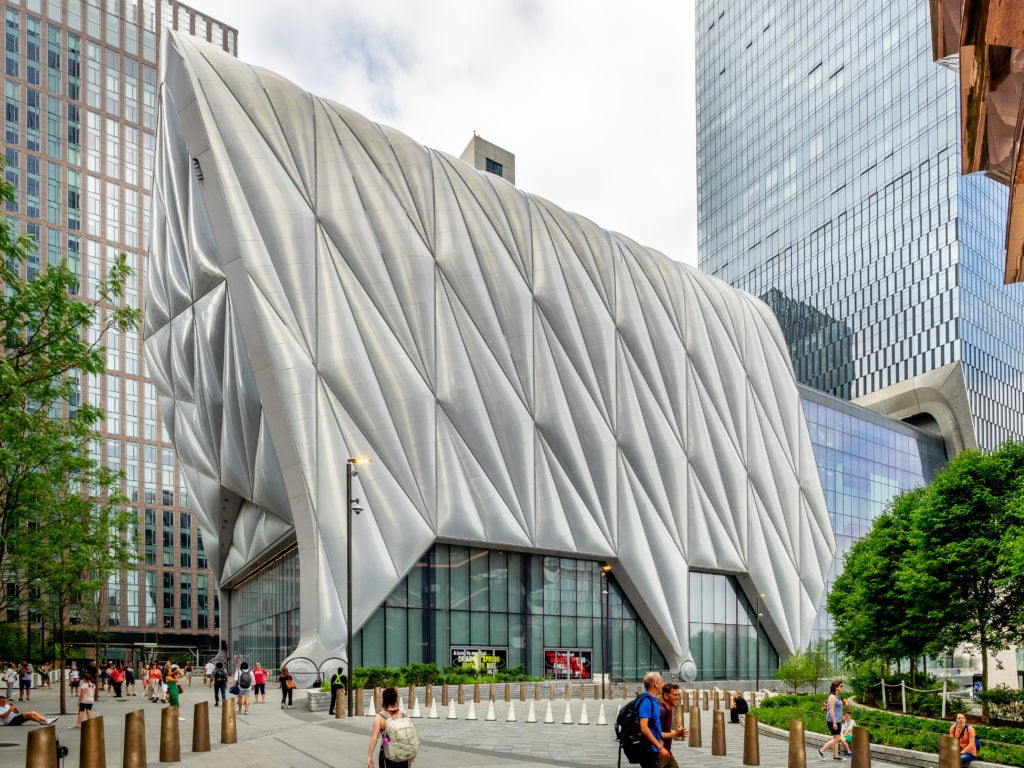
The Shed. Courtesy Wiki Commons.
“As a wave of unionization efforts has swept across the museum world, employees have faced plenty of pushback—and no institution has responded with as much drama and chaos as the Marciano Art Foundation in Los Angeles.”
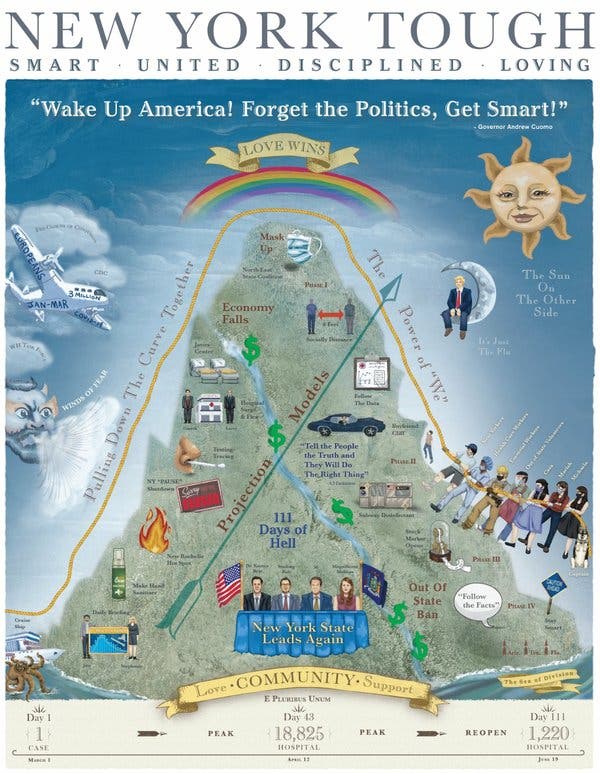
New York Governor Andrew Cuomo’s graphic poster honoring the state’s response to the coronavirus.
“There is a lot to unpack in this busy, at-times jumbled visual. If you’ve been curious about its inspiration, here’s a breakdown of what’s happening and why.”